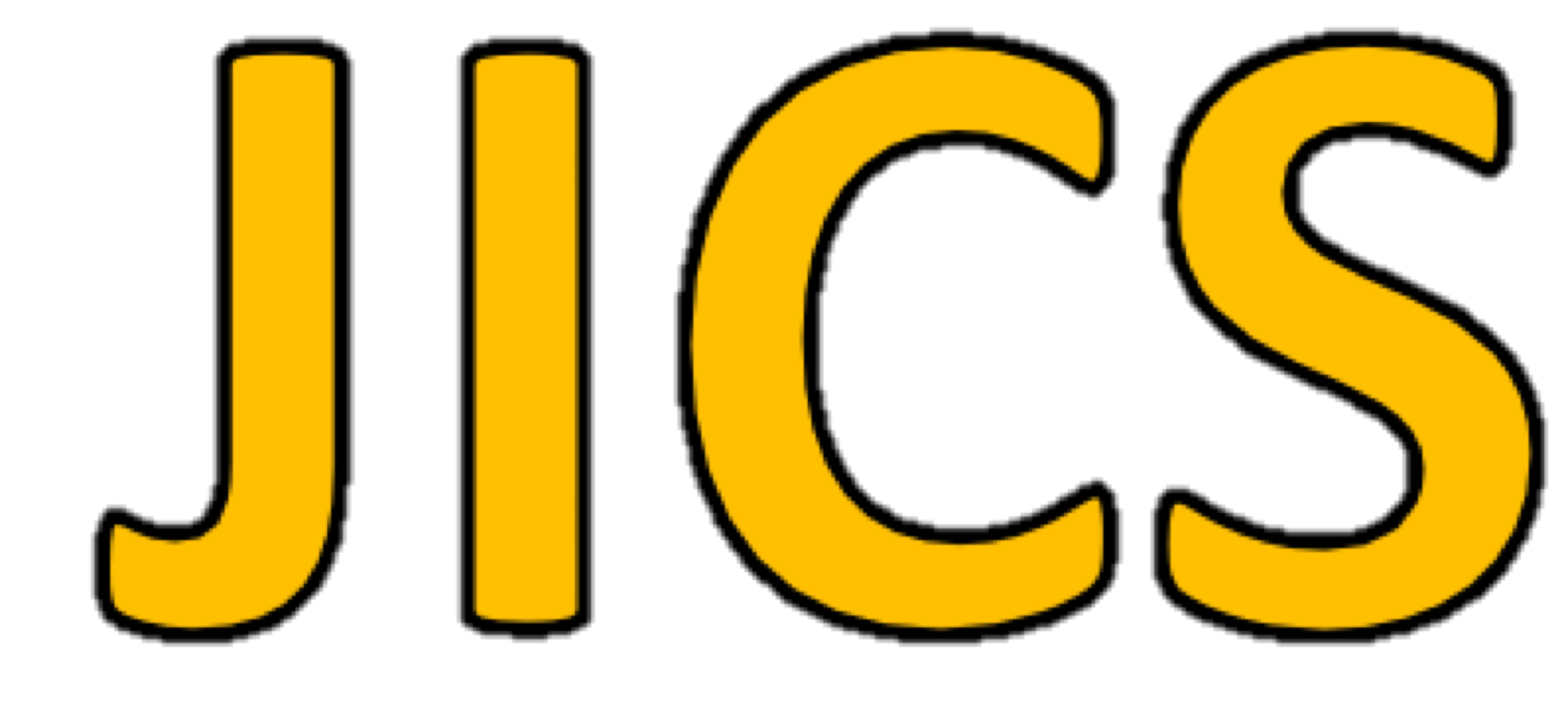Design and Implementation of Medical Information System using QR Code
Sung-Gwon Lee, Chang-Won Jeong, Su-Chong Joo, Journal of Internet Computing and Services, Vol. 16, No. 2, pp. 109-116, Apr. 2015
Keywords: QR code, Medical System, Medical image information, Bio-signal, Integration image file scheme
Abstract
Statistics
Show / Hide Statistics
Statistics (Cumulative Counts from November 1st, 2017)
Multiple requests among the same browser session are counted as one view.
If you mouse over a chart, the values of data points will be shown.
Statistics (Cumulative Counts from November 1st, 2017)
Multiple requests among the same browser session are counted as one view.
If you mouse over a chart, the values of data points will be shown.
|
|
Cite this article
[APA Style]
Lee, S., Jeong, C., & Joo, S. (2015). Design and Implementation of Medical Information System using QR Code. Journal of Internet Computing and Services, 16(2), 109-116. DOI: 10.7472/jksii.2015.16.2.109.
[IEEE Style]
S. Lee, C. Jeong, S. Joo, "Design and Implementation of Medical Information System using QR Code," Journal of Internet Computing and Services, vol. 16, no. 2, pp. 109-116, 2015. DOI: 10.7472/jksii.2015.16.2.109.
[ACM Style]
Sung-Gwon Lee, Chang-Won Jeong, and Su-Chong Joo. 2015. Design and Implementation of Medical Information System using QR Code. Journal of Internet Computing and Services, 16, 2, (2015), 109-116. DOI: 10.7472/jksii.2015.16.2.109.

